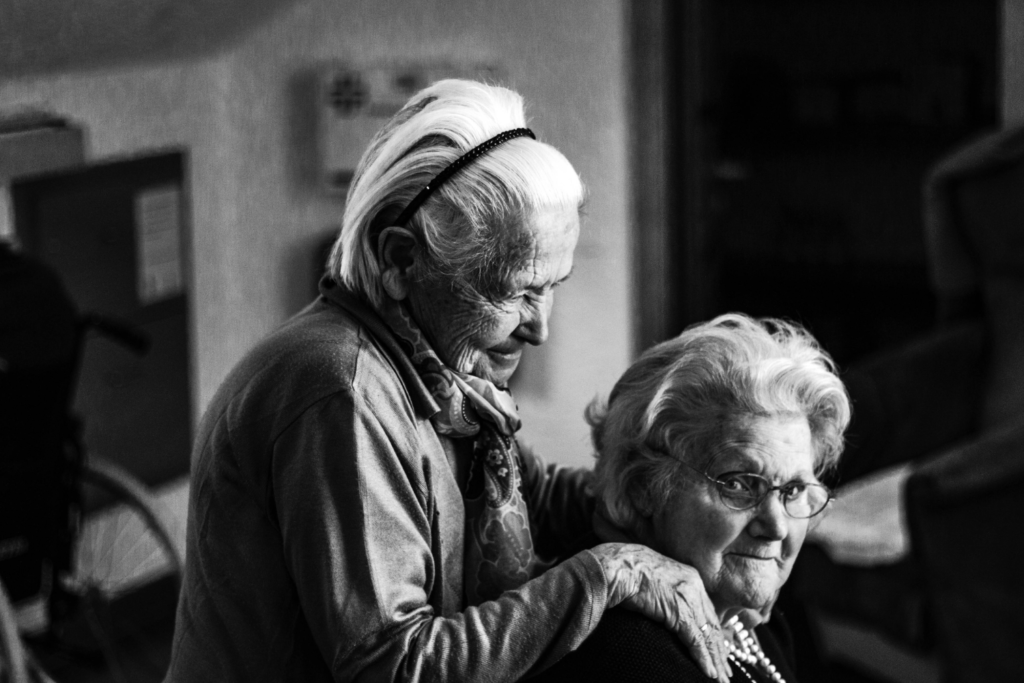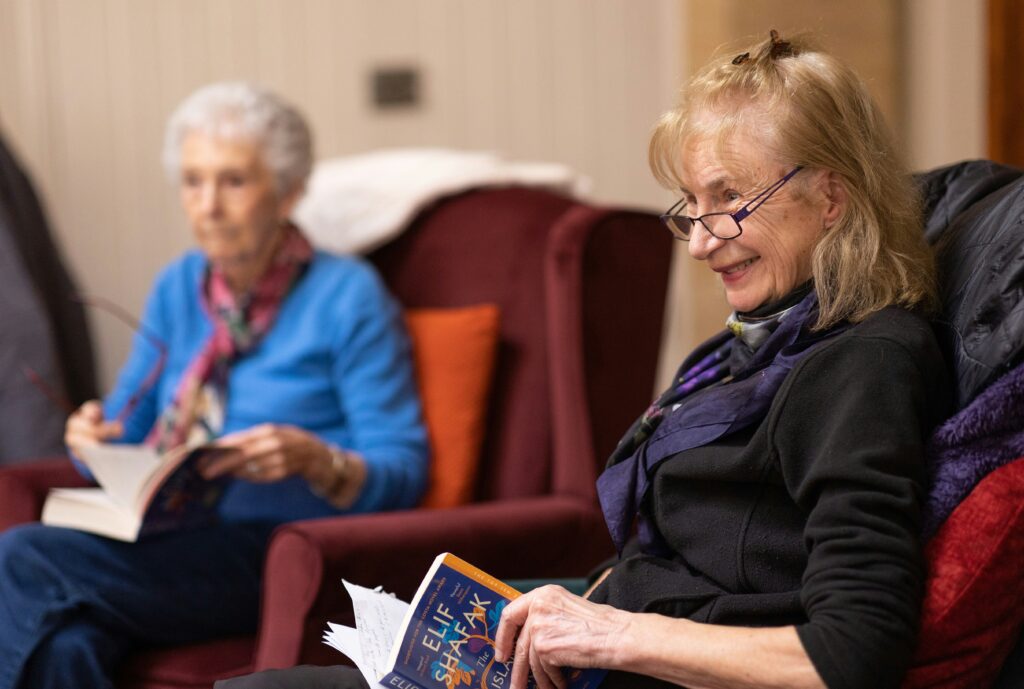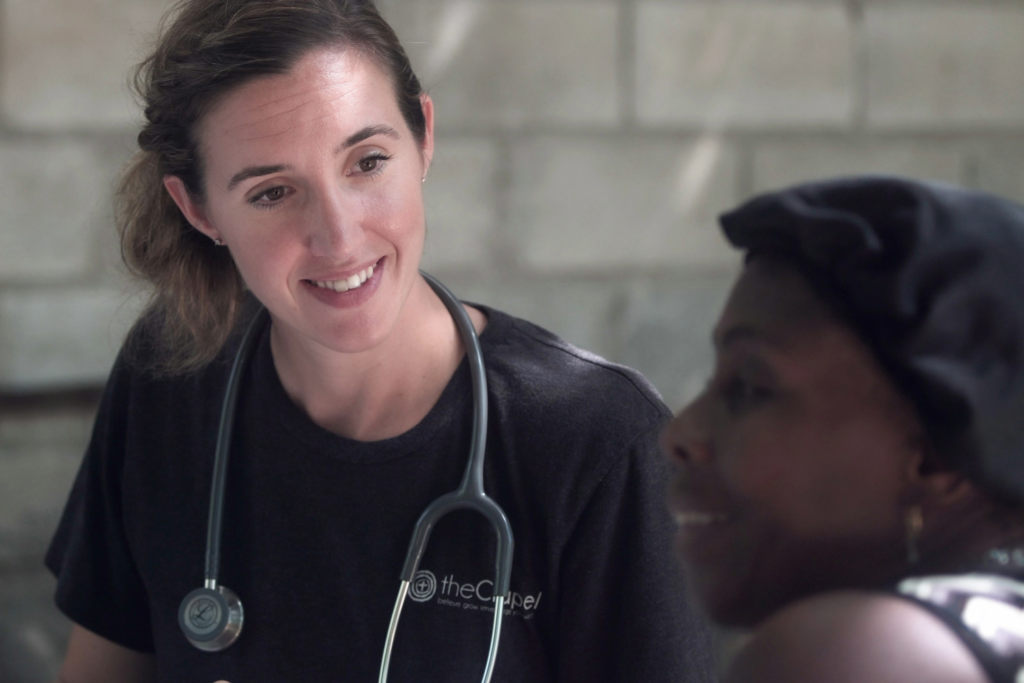
By now you know I have a heart for the in-home patient, but there are times that keeping a patient at home is just simply not the best choice. Tragedy doesn’t check in with us to make sure we have our ducks in a row, our finances in order, our kids off to college, our career able to go on hold and all the other challenges of life at bay before it strikes. Many times, we find ourselves in a sandwich of hard times, between a rock and a hard place, so to speak, when tragedy hits. Sometimes a long-term care facility is the best option, or the only option for us. We may not be available to provide full time care for our loved one and may not have the financial means to hire someone else to do it. We may have to work full or part time to make ends meet or our children may require much of our time. We may not be able to provide a safe environment for the patient if our loved one is a high flight risk or fall risk, or if there is a history of abuse with this loved one.

If long-term care is the only answer there are so many ways to ensure quality of life for our loved ones while they are residing in a facility. Our involvement with their care is how we provide support to our loved one and we can do that in many ways. If your loved one is able, it’s possible to check them out of the facility for day trips. We can take them dinner, or visit them at meal time and eat with them. We can come during activity time and help them participate in group activities. We can keep them stocked in books, crafts, podcasts, whatever hobby they always enjoyed, or some modified version of the work they thrived on.
A less direct way to be involved in your loved one’s care is by joining in the facility’s interdisciplinary care plan meetings. This allows you to be directly involved with their plan of care. So few patients have family involvement in their care plans that your presence alone will have a positive impact on the level of care your loved one receives. It’s your legal right as guardian or healthcare proxy to be there. This is a good way to develop a relationship with the staff who cares for your loved one and that relationship will go a long way in assuring your loved one receives good care.

I used to take care of a guy who would bop you in the nose for no reason. He was quite frustrating to deal with, but I enjoyed giving him every ounce of my care and compassion because his wife was sweet, loving and worried about his well-being every day. She was in her 90’s and not physically able to take care of her husband at home, but she was extremely dedicated. She joined us for breakfast, lunch and dinner every day except when her daughters insisted, she take a rest day. Her dedication meant we were always on top of his care.
Just like it is not always possible to keep a loved one at home it is not always possible to be as consistent as the above caregiver. If you can’t visit every day, the next best thing is frequent inconsistency. In this case, the staff knows you are coming, they just don’t know when. Therefore, they make sure the patient is always ready for visits by their loved ones. In a perfect world this is not right, it’s not fair, and every patient deserves this high-quality level of care. But in an over worked, understaffed situation it is reality that the wheel that squeaks get the grease first.

This is an overview and introduction to having to make the tough choice of a long-term care facility, we have so much more to discuss in detail on this topic. In future blogs, we will discuss things such as, how to choose and interview a facility, how to approach and develop relationships with staff, and how to maximize quality of life. We will also discuss how to manage an abusive relationship; being there for that person at a safe and healthy distance, because all people grow old and all people deserve quality of life, regardless of their history. And those that love them deserve a safe, healthy quality of life as well.
